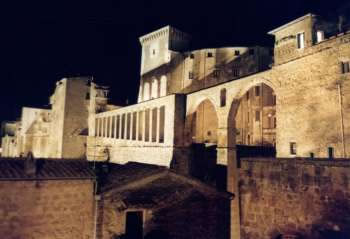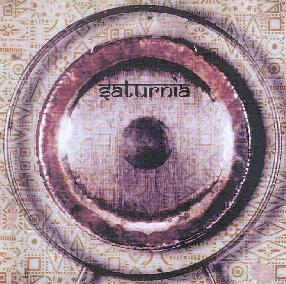 |
|
|
|
Wohnung
in Saturnia
|
|
Saturnia
- Links Utili
|
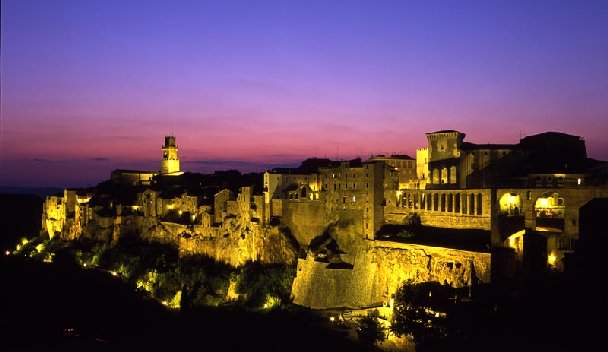
Home>Pitigliano
Pitigliano
The
town is situated on a steep tuff rock,
Southern Tuscany was once one of the most important centres of the Etruscans. There are numerous cave-tombs of that period around Pitigliano, caves cut deep into the tuff, that are today used as cellars and sheds. Later Pitigliano became Roman. There's hardly anything left from this period. But under the town houses are cellars in use which have lots of little niches, in which 2000 years ago the urns of the dead used to stand.
In mediaeval times, from the 9 th century on, the Langobard family Aldobrandesci ruled the region of Pitigliano. After 1312 the Orsini family took over and from 1604 the Medici's.
Of
further interest is the Jewish history of Pitigliano. For a long time
there was an extraordinary large Jewish community, that influenced the
cultural life of the town together with the gentile population.
Pitigliano History
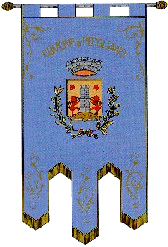
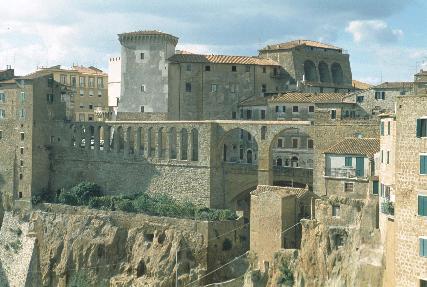
The political connections of Pitigliano were linked to nearby Sovana, seat of the Aldobrandeschi family from the 8th century A.D. Through the years, Pitigliano's military importance grew as a result of of its strategic position, while that of Sovano declined and finally Pitigliano rose to fame because of the marriage of Anastasia, last of the Aldobrandeschi line in Maremma, to Romano Orsini, part of the Giovanni Gaetano Orsini family, in fact, that of Pope Niccolò III.
Pitigliano was confirmed as the county capital and became the main residence of the Orsini family. In 1547, Niccolò IV (as a result of the support of Cosimo de' Medici), was proclaimed by the very citizens of Pitigliano, Lord of the County. His rule did not last for long; he was imprisoned by the Papal Inquisition. After the fall of Siena in 1562, the population of Pitigliano chose the more liberal rule of Florence, ousted the count Orsini, and acclaimed the Medici as their lords. At first the Medici refused, and only after many trials and tribulations and the extinction of the Orsino line, did Cosimo de Medici become Lord of the County in 1604.
The Medici rule did not bear the fruit that the population of Pitigliano had hoped for; on the contrary, the county declined progressively until the arrival of Lorena at the head of the Granduchy of Tuscany, who, through a careful economic policy, brought wealth and stability to Pitigliano.
In 1860, Pitigliano joined the Kingdom of Italy by plebiscite.
Pitigliano Today
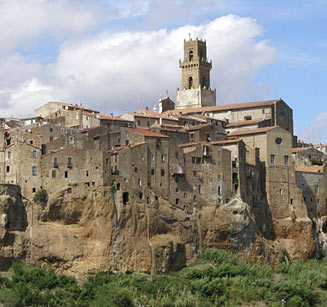
An area of extraordinary interest not only for the richness of the historical and archaeological patrimony, but also for its environmental values, it deserves a longer visit so that one can see the town as well as the fascinating surroundings, characterised by the typical tufaceous countryside. A unique view of rare beauty can be enjoyed from the Church of the Madonna delle Grazie. The town looms on the tuff spur, with its characteristic houses built on the edge of the sheer cliff, forming a kind of bastion to great effect. Very rich in archaeological terms, the area of Pitigliano has conserved very important evidence of the Etruscan culture, among which the famous necropoles excavated entirely in the tuff and immersed in the typical vegetation of the mediterranean maquis, still uncontaminated. The trekking itineraries are particularly interesting through the so-called "vie cave", mysterious and fascinating roads which were excavated from the rock by the highly competent Etruscans to link urban centres and which now combine remarkable countryside and extraordinary archaeological interest. Without a doubt, the medieval village deserves a visit. It was the headquarters of the powerful Orsini’s domain with the imposing aqueduct and the famous Orsini Fortress, set up in the 13th century and restored in the 16th century; not to mention the Jewish Ghetto with the beautiful synagogue, recently restored and moreover the ancient urban centre, consisting of winding alleys and unforgettable views.
Appartamenti Saturnia - Vacanze a Saturnia - Terme di Saturnia - Saturnia e dintorni - Saturnia e le Città del Tufo - Saturnia Pitigliano - Link - Resources
